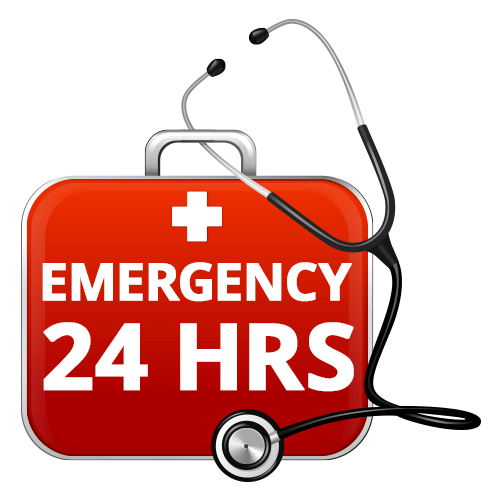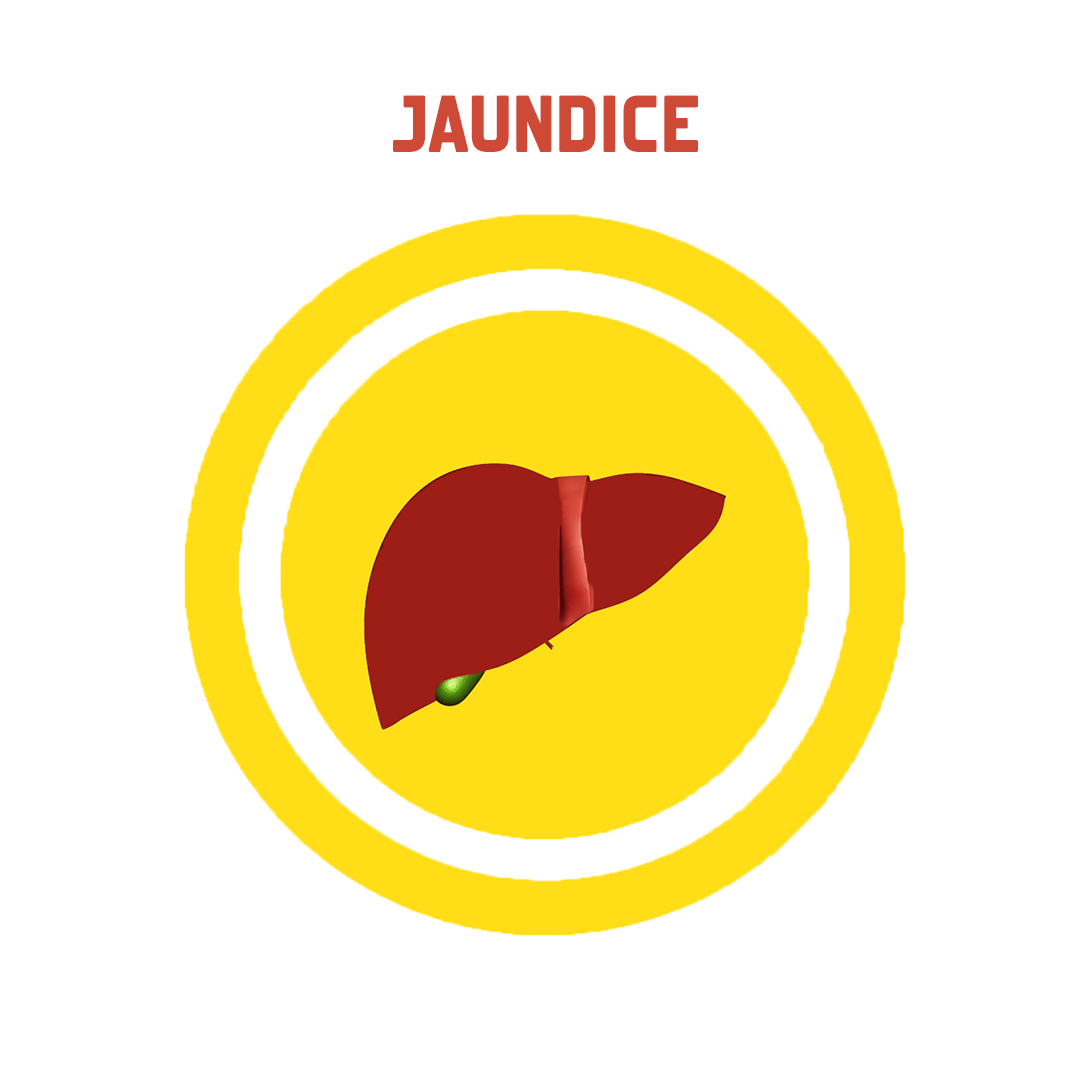

Jaundice

Jaundice
Yellowing of the skin, mucous membranes, and eyes due to the build-up of bilirubin in the blood. Doctors confirm jaundice if the bilirubin level exceeds -mg/dL. It is also known as hyperbilirubinemia or icterus. Bilirubin is a yellow colored substance formed during the breakdown of hemoglobin- the oxygen carrier in the blood. Soon after the formation, it is transported in the blood stream to the liver for further processing and excretion. In the liver, bilirubin gets conjugated (made more water soluble), and is excreted into the gall bladder and then into the intestine. In the intestine, a portion of this compound is excreted through feces, while some are metabolized by the gut bacteria and excreted in the urine. Any dysfunction of this leads to jaundice.
Jaundice is not a disease as such, but rather a visible sign of an underlying disease such as cirrhosis, blockage of bile ducts, infections, hepatitis etc. Neonatal Jaundice is a condition seen in newborns during the first week of life; it usually goes away. But should be carefully monitored and treated otherwise it can lead to permanent brain damage.
Causative
The causes of jaundice are classified into three. They are,
1. Pre-hepatic (before the secretion into the liver) - The possible reason for this condition is the excessive hemolysis (destruction of red blood cells) resulting from malaria, sickle cell disease, thalassemia, drugs or toxins, and autoimmune disorders.
2. Hepatic (within the liver) - This may arise from metabolic abnormalities and or excretion of bilirubin resulting from hepatitis B&C, cirrhosis, autoimmune disorders, toxins, liver cancer, Gilbert’s syndrome etc.
3. Post Hepatic (after excretion from the liver) - Arises from disruption in the normal drainage and excretion of bilirubin into the intestine due to gallstones, pancreatic cancer, pancreatitis, parasitic infections, strictures of the bile duct etc.
Signs and Symptoms
A person with jaundice may show the following symptoms.
Yellowing of skin, eyes and mucous membrane
Nausea and Vomiting
Pale colored stools and dark colored urine
Loss of appetite
Abdominal pain
Headache and sudden rise in body temperature
Swelling of the legs and abdomen
Diarrhea
Rectal bleeding
Skin itching/irritation
Diagnosis
Based on the symptoms and physical exams doctor will diagnose the disease. The severity of the disease is diagnosed by,
1. Liver function test - Health of the liver is evaluated by testing the level of proteins and enzymes liver secretes; alanine transaminase (ALT), aspartate aminotransferase (AST), alkaline phosphatase (ALP), and albumin. The ALT and AST tests measure enzymes the liver releases in response to damage or disease. The albumin and bilirubin tests measure how well the liver creates albumin, a protein, and how well it disposes of bilirubin, a waste product of the blood.M
2. Bilirubin Test
3. Complete Blood Count (CBC)- measures the levels of red blood cells, white blood cells, and platelets
4. Hepatitis A, B and C tests
5. MRI scan
6. Abdominal Ultrasonography
7. CT Scan
Treatment and Prevention
Treatment for jaundice depend on the underlying causes and may range from supportive care at home to liver transplant. Maintaining a healthy life style, regular exercises, refraining from alcohol abuse, avoiding high-risk behaviors such as unprotected intercourse or intravenous drug use etc are essential to keep the liver healthy and disease-free.